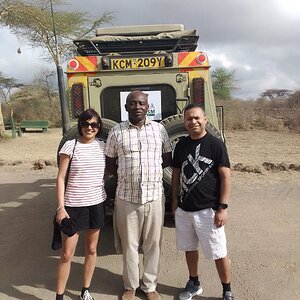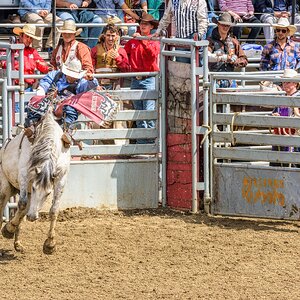rdompor
TPF Noob!
- Joined
- Dec 22, 2007
- Messages
- 72
- Reaction score
- 0
- Website
- www.flickr.com
- Can others edit my Photos
- Photos NOT OK to edit
It is my understanding that the effective ISO range of a digital sensor is based around the base ISO. Canon has set their base ISO to 100 and can increase sensitivity by 5 or 6 stops to 1600/3200 while Nikon has set their base ISO to 200 and can increase sensitivity by 4/5 stops to 1600/3200.
My question is, can either Canon or Nikon create a special version of their cameras better suited for low light usage? If the base ISO is set somewhere around 400, then they could effectively create a sensor sensitive up to 5 stops at ISO 12,800 with the IQ of an ISO 1600 image from one of the "normal" cameras.
Forgive me if I've been mislead, I'm still in my 2nd year of engineering.:blushing:
My question is, can either Canon or Nikon create a special version of their cameras better suited for low light usage? If the base ISO is set somewhere around 400, then they could effectively create a sensor sensitive up to 5 stops at ISO 12,800 with the IQ of an ISO 1600 image from one of the "normal" cameras.
Forgive me if I've been mislead, I'm still in my 2nd year of engineering.:blushing:


 Also for astrophotography you would just point and shoot.
Also for astrophotography you would just point and shoot.
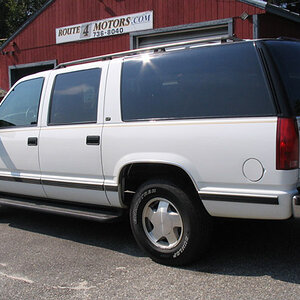
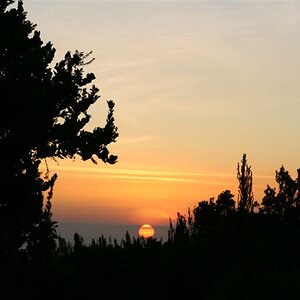
![[No title]](/data/xfmg/thumbnail/36/36421-843e629a8c32ff091e337e6880f0c323.jpg?1619737565)
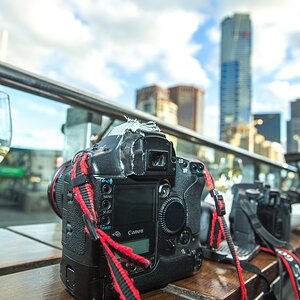
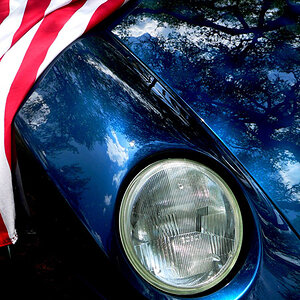
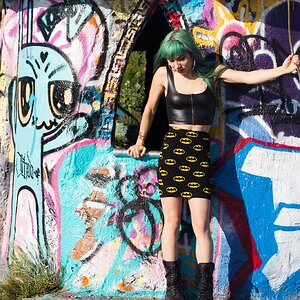
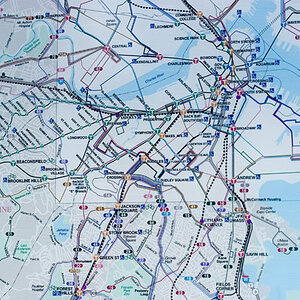
![[No title]](/data/xfmg/thumbnail/36/36423-4f4abd5f32da2219d4967c7a13b07a8c.jpg?1619737566)
